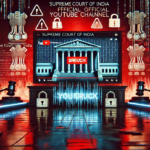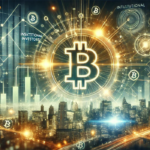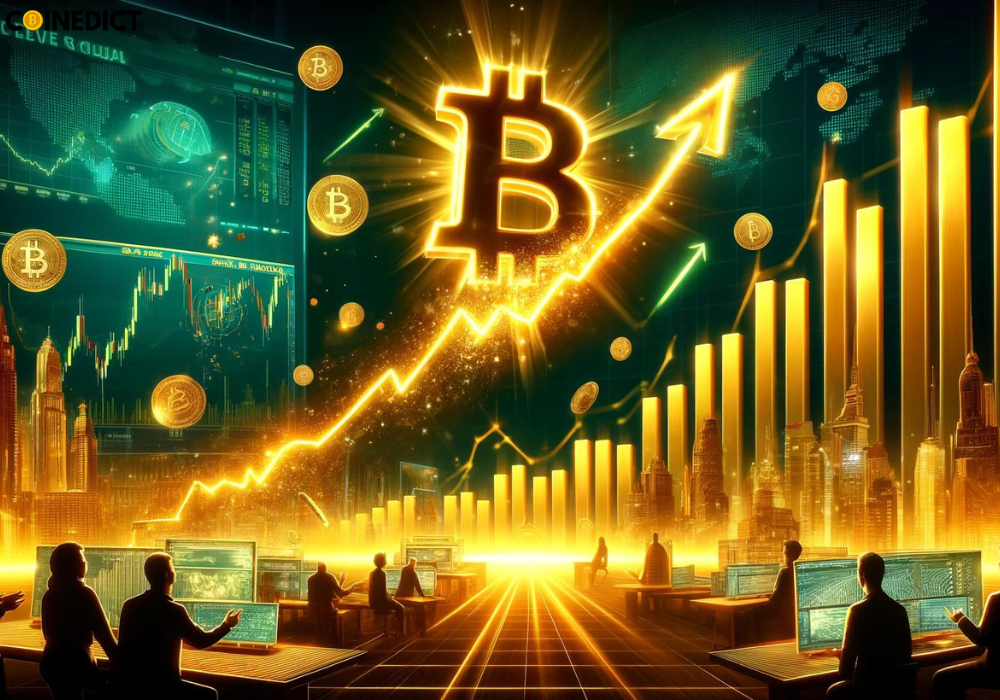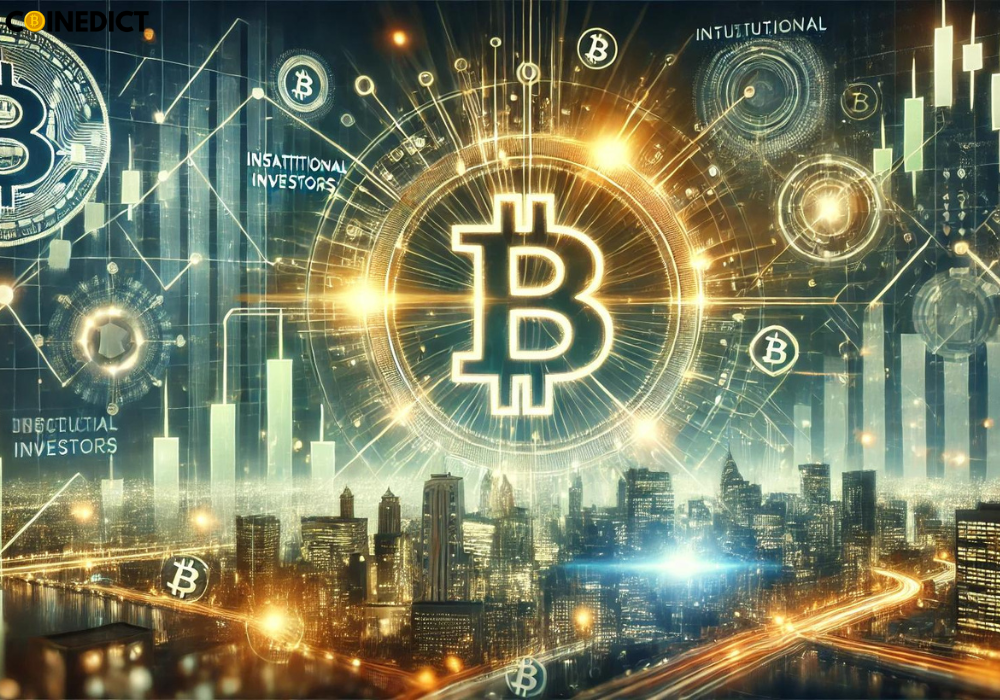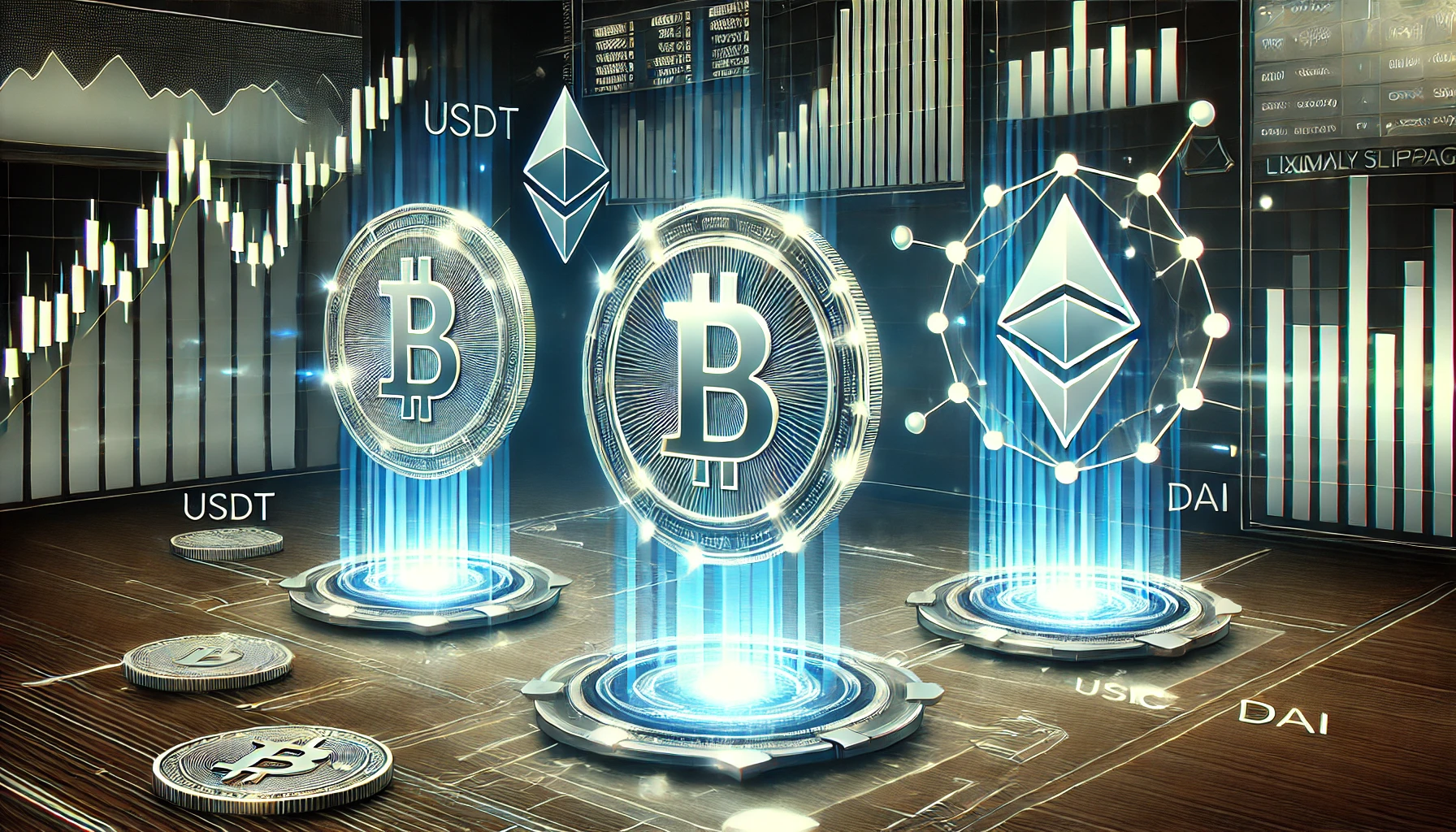The non-fungible token (NFT) market, which once experienced meteoric growth, is now grappling with severe instability and a sharp decline in activity. What began as an explosive rise in interest, investment, and innovation has now cooled, leaving many digital assets with little to no value. According to a recent report from nftevening.com, a staggering 96% of NFTs are considered “dead” due to inactivity and minimal trading.
The Rise and Fall of the NFT Market
The NFT craze took off in 2021, with digital artists, musicians, brands, and even sports teams creating unique digital assets that could be bought, sold, and traded on the blockchain. These tokens, often tied to digital art or collectibles, became symbols of digital ownership and scarcity. High-profile sales—such as Beeple’s $69 million digital artwork at auction—pushed NFTs into the mainstream, and speculative investors flocked to the space, driving prices higher.
By the height of the boom, NFT sales volumes had skyrocketed into the billions of dollars, with platforms like OpenSea and Rarible emerging as dominant marketplaces. Celebrities, influencers, and brands joined the frenzy, launching their own collections and further fueling the hype.
However, after the initial excitement, the market began to experience growing pains. Speculation drove prices to unsustainable levels, and many investors entered the market without a clear understanding of the underlying value of these digital assets.
96% of NFTs Declared “Dead”
The report from nftevening.com reveals that 96% of NFTs are now considered “dead,” meaning they show little to no activity based on three key factors:
- Zero Trading Volume: Many NFTs no longer have active buyers or sellers, resulting in zero trading volume on platforms. Once-thriving collections now sit idle, with investors struggling to sell their tokens.
- Minimal 7-Day Sales: A large portion of NFT projects show little to no sales within the past week. Without consistent demand, these NFTs have become illiquid, with limited opportunities for investors to exit their positions.
- Inactivity on Twitter: Twitter activity has been a crucial indicator of community engagement in the NFT world. However, many projects have gone silent on social media platforms, signaling a loss of interest from creators and collectors alike.
This combination of factors suggests that a large portion of the once-booming NFT market has collapsed, with the vast majority of assets becoming effectively worthless. Many NFTs that sold for high prices just a year or two ago are now trading for fractions of their original value—if they are trading at all.
Why Did the NFT Market Decline?
Several factors have contributed to the rapid downturn of the NFT market:
- Speculation and Overvaluation: The initial rush into NFTs led to speculative buying, with investors hoping to capitalize on quick profits. However, many NFTs were overvalued, and as the hype faded, prices plummeted, leaving many investors with assets worth far less than they paid.
- Market Saturation: The NFT market became oversaturated with new projects, many of which lacked originality or utility. With thousands of collections flooding the market, it became difficult for investors to differentiate between high-quality assets and low-value tokens, leading to a dilution of demand.
- Lack of Utility: While some NFTs have inherent value, such as those tied to real-world benefits (e.g., event tickets or digital memberships), many lacked utility beyond their existence as digital collectibles. Without tangible value or use cases, demand for these tokens dwindled.
- Bearish Crypto Market: The broader cryptocurrency market has also experienced a significant downturn, with prices of major cryptocurrencies like Bitcoin and Ethereum falling sharply since their all-time highs. As many NFTs are traded using cryptocurrencies, this broader decline has also hurt NFT prices and liquidity.
- Interest Shift: Attention has shifted toward other emerging technologies and trends, such as metaverse development, DeFi (decentralized finance), and AI-powered innovations. As a result, NFTs are no longer the centerpiece of the digital asset conversation.
What’s Next for NFTs?
While the current state of the NFT market is grim, there is still hope for its future. Experts believe that the technology behind NFTs—blockchain-based digital ownership—has long-term potential, even if the speculative bubble has burst. Here are some possibilities for the future of NFTs:
- Focus on Utility: For NFTs to regain their relevance, future projects will need to offer more utility beyond mere digital collectibles. NFTs tied to real-world assets, decentralized applications, or exclusive memberships could drive new interest in the market.
- More Mature Market: The initial excitement has cooled, but this may give rise to a more mature, sustainable NFT market. As the space matures, investors will likely focus on projects with legitimate value propositions, reducing speculative activity and market volatility.
- Integration with Emerging Technologies: NFTs could see a resurgence as part of the broader development of the metaverse, gaming, or virtual reality platforms, where digital ownership plays a key role. Projects that integrate NFTs with these technologies may offer more lasting value to users.
- Regulation and Standardization: As the NFT market evolves, clearer regulations and industry standards could help protect investors and reduce fraudulent activity. This could bring more legitimacy to the space and encourage greater adoption.

